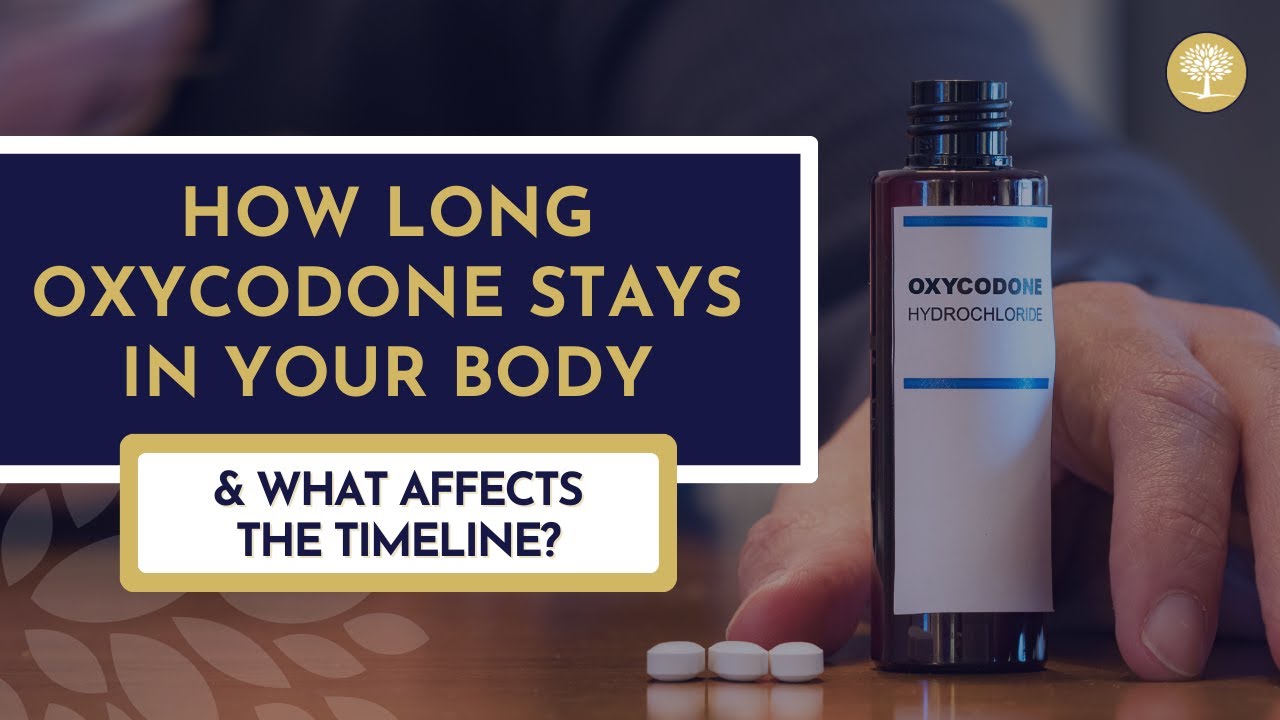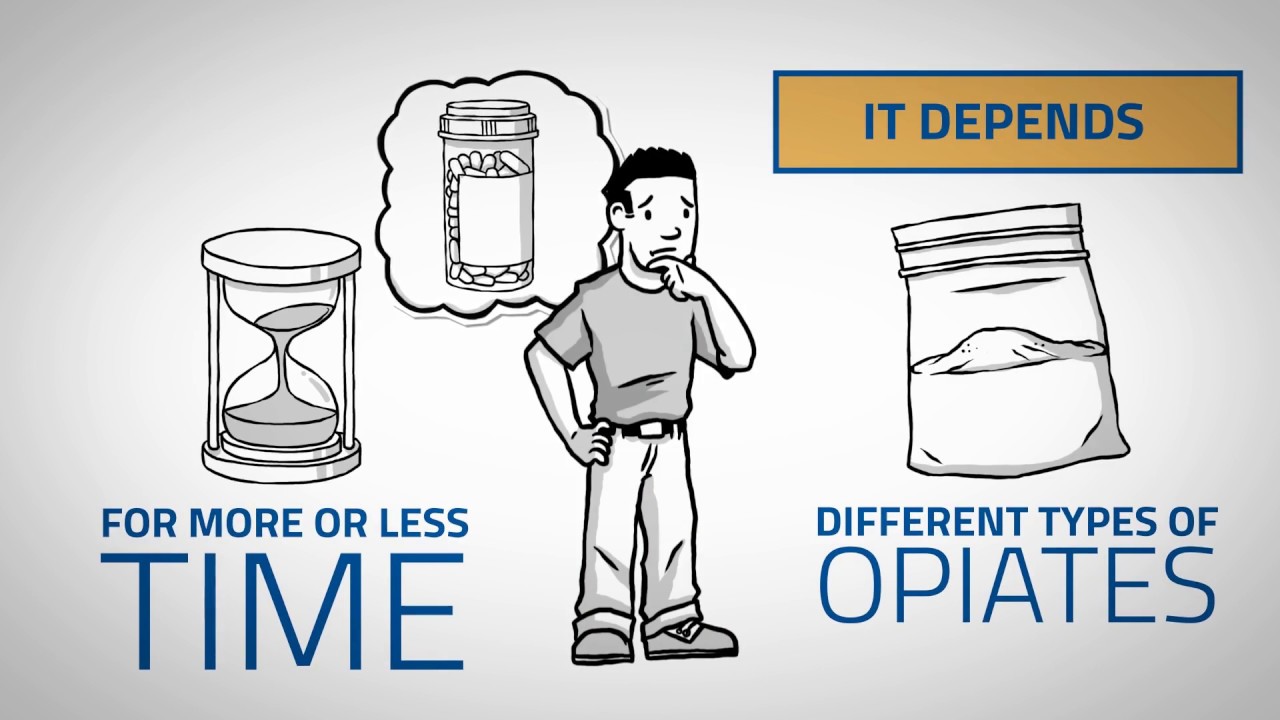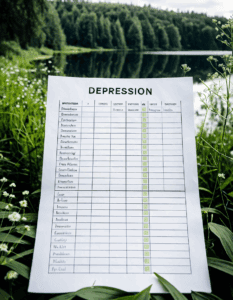Understanding Oxycodone and Its Effects on the Body
Oxycodone: it’s a word that strikes a chord of caution in many a parent’s heart. This opioid medication might be a bona fide hero in the world of pain relief, but it’s also got a dark side, with addiction and abuse often trailing in its wake like unwelcome shadows.
Oxycodone flaunts its strength in pill form, hitting the brain’s pain receptors with a force that can drown out even the gnarliest of aches. However, much like unwelcome guests who overstay their welcome, oxycodone lurks in the body far beyond its welcome pain-relieving party.
How Long Does Oxycodone Stay in Urine?
Now, let’s cut to the chase: how long does oxycodone stay in urine? The quick answer is that it’s like it’s got a lease in your body, setting up shop for a few days to a week, tops. But that’s not the whole story. Factors such as how much you’ve taken, whether your body’s a speedy metabolizer, or if you’re as fit as a fiddle or dealing with other health kerfuffles, can all tweak that timeline.

| Drug Name | Detection Window in Urine | Effective Pain Relief Duration | Notes |
|---|---|---|---|
| Oxycodone (Oxy IR) | Up to 4 days | 4 to 6 hours | Immediate-release formulation. May differ based on individual metabolism. |
| Oxycontin | Up to 4 days | 12 hours per dose | Extended-release formulation, contains the same active ingredient as Oxy IR. |
How Long Does Oxy Stay in Your System?
Beyond our bladders, oxycodone is a bit of a wanderer throughout the body’s systems. It’s a nosy parker, checking out every nook and cranny from your saliva—where it can hang out for up to four days—to your hair, where it can kick back like a squatter for three whole months after you’ve last shown it the door!

Comprehensive Analysis: How Long Does Oxycodone Last?
To get to the nitty-gritty, let’s chat half-lives. No, it’s not just a mid-life crisis thing. A drug’s half-life is the time it takes for half of it to be kissed goodbye by your body. Oxycodone’s half-life is a tricky customer, varying from person to person. Essentially, the drug’s effects might have left the building after four to six hours, but that’s not saying it’s left your body entirely. It’s more like the echo of a goodbye wave—still there, just less noticeable.

Individual Variability: How Long Does Oxycodone Stay in Your System?
Truth is, we’re all a mix-and-match of factors. Maybe you’ve got the metabolism of a racehorse or maybe you’re a teen who’s healthier than an Olympic athlete. Age, body mass, and your personal bill of health matter more than you’d think when it comes to showing oxycodone the exit.

The Detection of Different Forms: How Long Does OxyContin Stay in Your System?
And then there’s OxyContin, oxycodone’s slow-release cousin that likes to take its sweet time. This version is in for the long haul, alright, releasing doses of pain relief over a luxurious twelve hours. Because of its time-release trickery, its detection times in your system are bound to be different.
Urinalysis and Oxycodone: How Long Does Oxycodone Stay in Your Urine?
Now let’s talk pee-tests – the gossip hounds of the drug detection world. Yes, folks, urinalysis has its finger on the pulse of oxycodone use. The different tests, their nosiness, and how they react to what’s going down in your body can make a world of difference to the outcomes.
Case Studies and Real-World Scenarios
Real talk: we’ve got stories that’ll curl your hair and case studies that show just how critical these detection times can be. We’re bringing these to the table to show you we’re not just throwing numbers around – these are real-life scenarios that matter.
Technological Advancements and Detection Timelines
And guess what? Technology’s pulling a fast one on oxycodone detection times, sharpening the accuracy of tests so much that they’d spot an oxycodone molecule in its hidey-hole even if it had its lights out and was pretending not to be home.
Prevention and Education: Tackling Opioid Misuse
But here’s the real kicker: with all the smarter testing in the world, the battle against oxycodone misuse is really won in the trenches of education and prevention. Here at Mothers Against, it’s not just about wagging fingers. We’re in the ring, fighting for responsible prescribing and shining a light on addiction risks with all the warmth and backbone of a parent’s love.
Alright, now it’s time to wrap this up with a bow. With all these insights, woven together with the heart-aching stories we’ve shared, our hope is that we’re not just passing on knowledge – we’re touching lives. Our goal? To dial up the conversation on responsible opioid use, addressing the opioid crisis with a blend of tough love, tenderness, and cold, hard facts. Because at the end of the day, it’s all about steering our loved ones clear from the rocky shores of addiction. And that’s a journey we’re committed to, together.
How Long Does Oxycodone Stay in Urine
Did you know that oxycodone, a potent opioid painkiller, has a surprising connection to your body’s filtering system? When it comes to the question, “how long does oxycodone stay in urine,” the answer may have you raising your eyebrows—or your Cheekbones, to be more precise. Although it might sound like a gossip column on facial features, the cheekbones play a crucial role as part of the skeletal system, which is indirectly involved in the excretion process of drugs like oxycodone through the body’s impressive filtration system – the kidneys.
Now, hold onto your hats because this might cause more buzz than the will smith slap at an awards ceremony. Typically, oxycodone can be detected in urine for about 3 to 4 days after the last dose. But, unlike an instantaneous reaction to a slap, the body needs time to metabolize and excrete substances. So while a shocking event can turn viral in seconds, oxycodone sticks around in your system much longer, turning the process into a not-so-speedy elimination marathon. To stay safe and informed, it’s essential to understand how long opioids stay in your system, as similar medications can have varying detection times.
Diving a bit deeper, you may wonder, “Why is urine testing so common?” Frankly, it’s like asking whether there will be a season 3 of ginny and georgia – the answer lies in popularity and effectiveness. Just as viewers eagerly tune in for the latest drama in Ginny’s and Georgia’s lives, medical professionals rely on urine tests due to their non-invasive nature and reliable results. After all, nobody wants to run into a scenario as tricky as trying to find a bottle of Hennessy white in a country where it’s not readily available. Urine testing for drugs like oxycodone is straightforward, making it a preferred method for monitoring substance use.
Remember, while trivia like this might stick in your mind better than oxycodone sticks in your pee, there’s a serious side to it all. Misuse of opioids can lead to conditions such as wet brain syndrome, a severe form of brain damage due to substance abuse. And if you’re pondering over How long Does Vicodin stay in Your system, it’s in the same ballpark as oxycodone, but with its own timetable. Ensuring that we’re armed with accurate information might just be the best way to stay one step ahead in the health game.

What’s the difference between Oxycontin and oxycodone?
Well, here’s the scoop: Oxycontin and oxycodone might sound like distant cousins, but they’re more like siblings with different curfews. Both pack the punch of oxycodone, but Oxycontin is the long haul trucker, delivering pain relief slowly over 12 hours, so you only need to pop it twice a day. On the flip side, immediate-release oxycodone kicks the pain to the curb lickety-split but clocks out in about four to six hours. And don’t even think about trying to hide it — that oxycodone can shout “I’m here!” in your saliva and urine for up to four days and play hide and seek in your hair for a whopping 90 days post the last dose!
What pain killer is the strongest?
When it comes to painkillers, it’s a real heavyweight match. But if you’re wondering who’s the Mike Tyson of the bunch, many docs hand the belt to fentanyl. It’s a synthetic beast that’s often used in chronic pain management and, hold onto your hats, it’s up to 100 times more potent than morphine. That’s right, it’s not one to mess with unless you’ve got a professional in your corner.
Is oxycodone stronger than hydrocodone?
Hang on to your hats, folks. When we pit oxycodone against hydrocodone, it’s like comparing apples to really strong apples. Both are opioid titans duking it out for the top spot. Oxycodone is often seen as the stronger of the two, squaring up with pain like a champ. However, it’s worth noting that everyone’s body throws the dice differently with these meds, and it’s really up to your doc to call the shots on which one’s the knockout for your pain.




























